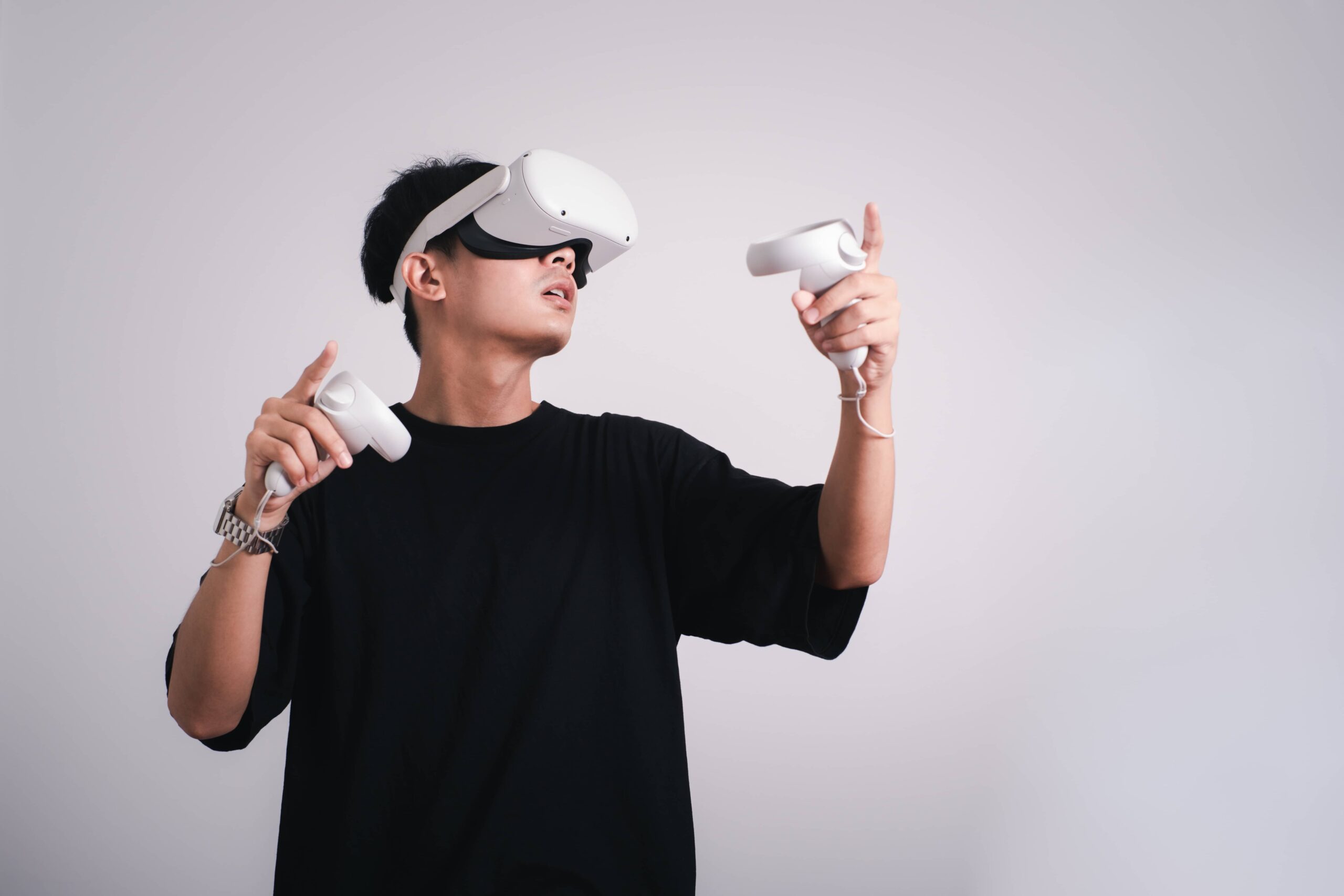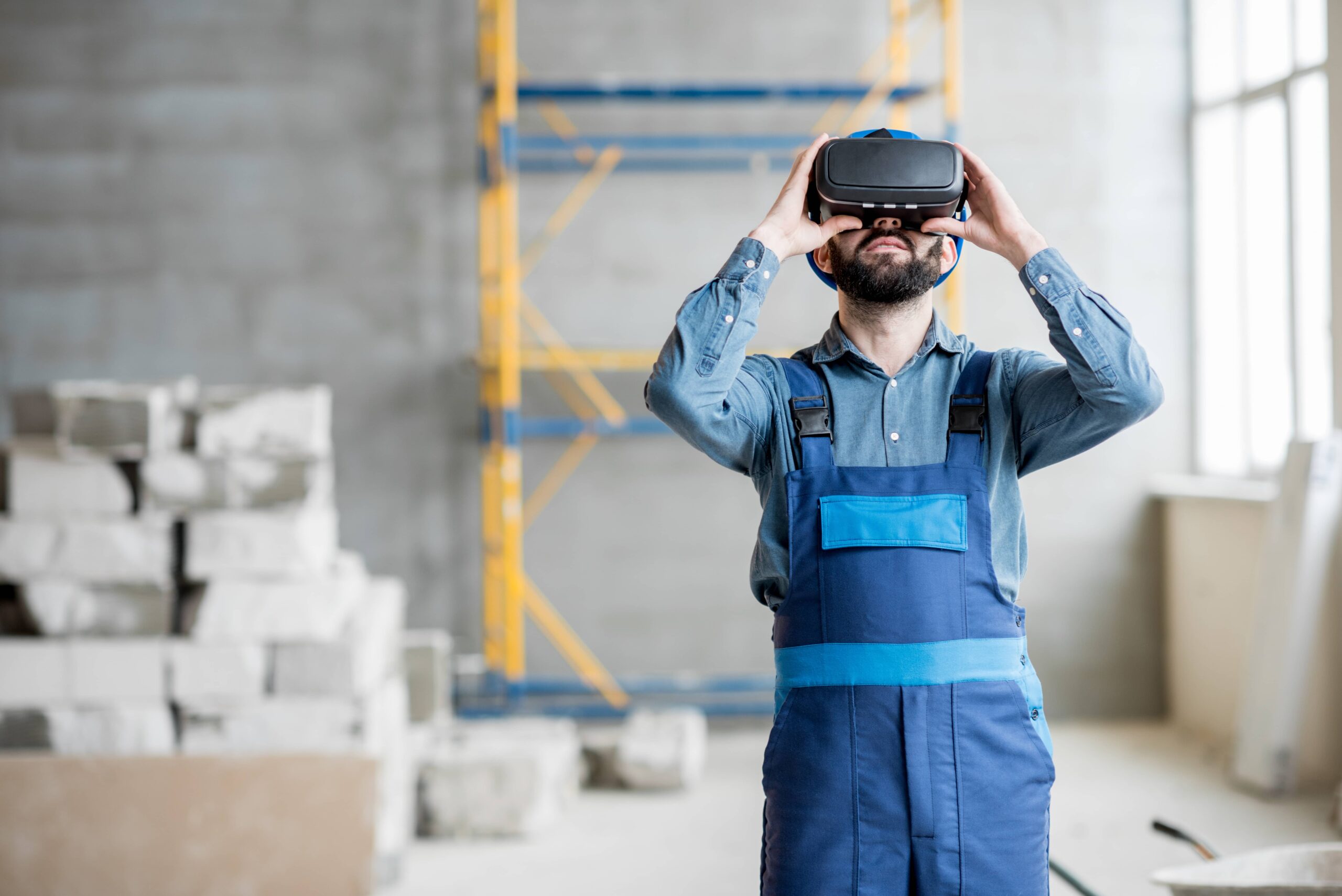As its name indicates, Virtual Reality is a virtual dimension in which everything must be realistic. As much as possible in any case. It is often on this point that this technology is expected.
Will it be realistic enough?
Will it be able to make me believe that the experience I am living is real?
This is the main issue of virtual reality: will it be able to deceive our brain?
It is constantly expected on this point.
There are many ways to make immersive experiences as close to reality as possible.
One of them is the use of cognitive biases.
How do cognitive biases affect virtual reality experiences?
1. What is a cognitive bias?
A cognitive bias is a tendency or error in the way our brain processes information. It can cause us to draw incorrect conclusions or act unfairly or inconsistently.
These biases can be influenced by our past experiences, beliefs, emotions or environment.
Simply put, a cognitive bias can be the misinterpretation of information by our brain.
For example, if we have a strong belief about something, we may be more likely to ignore evidence that contradicts that belief.
This brings us back to one of the main issues of virtual reality: how to deceive our brain?
2. What does this have to do with virtual reality?
The essence of virtual reality is to make the user believe that his experience is real. If the proposed experience is not realistic enough, the user will not be hooked.
Virtual reality then loses all its meaning and interest.
The advantage of this technology is that it offers many ways to deceive its users.
Its immersive nature is its main asset. Completely immersed in an environment, you completely forget what surrounds you.
You are now evolving in a totally virtual environment. The more realistic it is, the more likely it is that you will have the impression that it is real. All the actions you perform in this environment will seem natural to you.
Little by little, you will get caught up in the game and become completely immersed in this virtual world.
You may have already seen videos of people paralyzed by vertigo during a virtual reality experience. This is a sign that the brain has been deceived by the information it has received.
However, until now, only one of your senses has been stimulated: sight.
It is also possible to stimulate other senses such as touch, hearing or even smell in some cases.
By stimulating as many senses as possible, the brain also receives more information that it must interpret.
There is therefore a greater chance that it will be misled by the multitude of information it receives.
3. A solution to the lack of return of effort?
One of the biggest weaknesses of virtual reality is the lack of feedback. It’s hard to imagine performing actions in a vacuum and believe that you are actually doing them.
Haptic feedback is a considerable issue in the world of virtual reality. If today it still has its limits, this does not mean that there are no solutions to get around them.
Because images are always better than words, we have prepared a small example for you.
We were recently asked to develop a training tool for stone cutting.
And the first question that arose was: how to give the sensation of working with stone?
As you may have guessed, we found the solution by playing with cognitive biases.
By playing with sounds, vibrations for or less strong or images we managed to simulate this feedback of effort.
We let you discover this in video:



